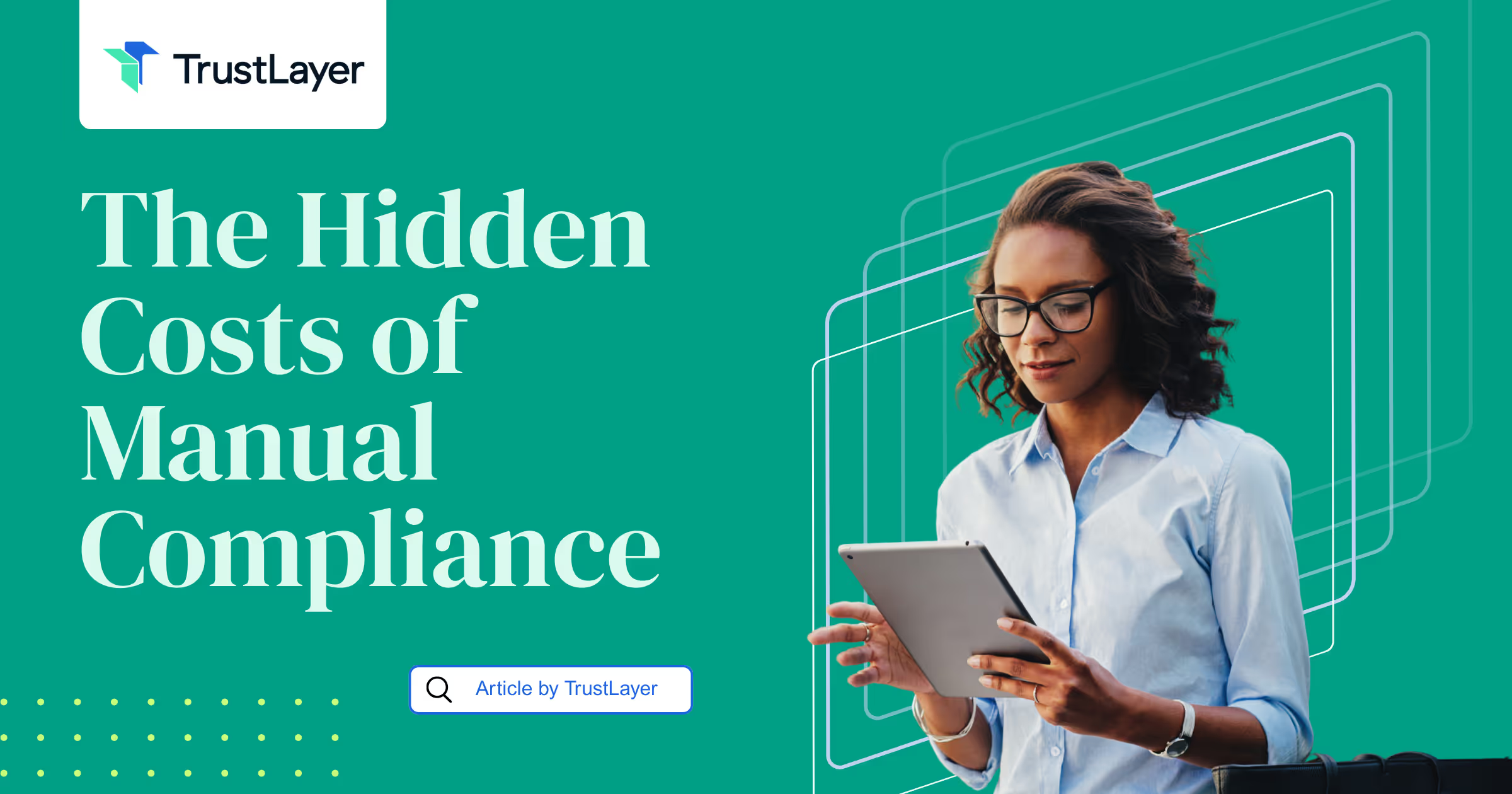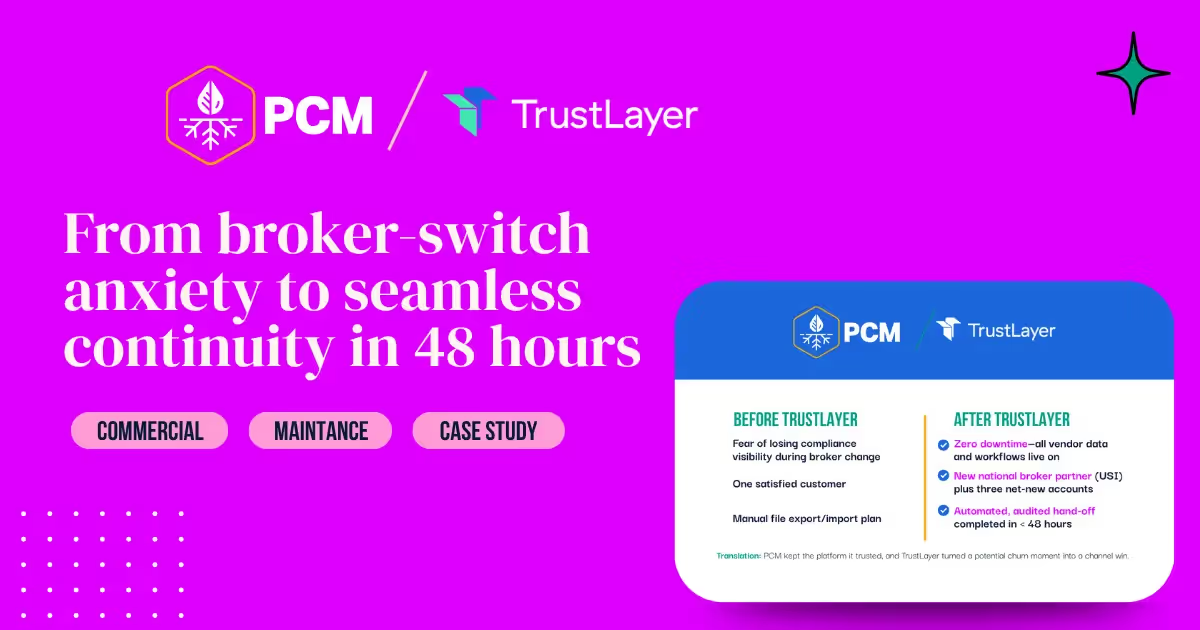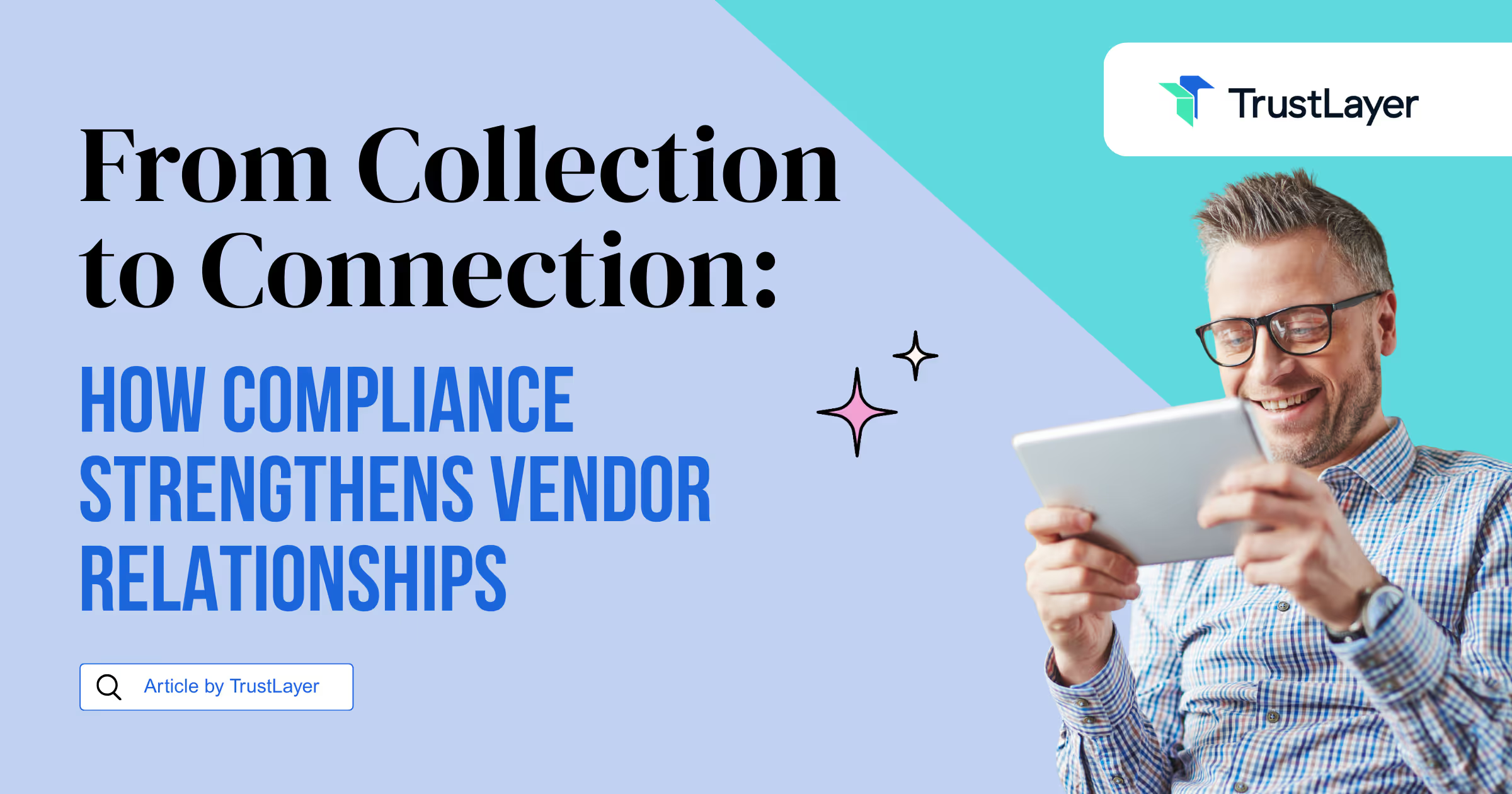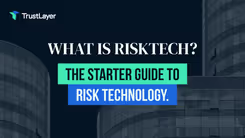Revolutionizing Risk Management with Software Solutions

In today's fast-paced business environment, risk management plays a crucial role in ensuring the success and longevity of organizations. With the evolving nature of risks, from cybersecurity threats to market volatility, businesses need effective strategies to identify, assess, and mitigate potential risks. This is where software solutions come into the picture, revolutionizing the way risk management is approached and executed.
Understanding the Basics of Risk Management
Before we delve into the world of software solutions, let's first understand the fundamentals of risk management. At its core, risk management is the process of identifying, assessing, and prioritizing risks that could potentially impact an organization's objectives. By implementing proactive measures, businesses can minimize the negative consequences of risks and seize opportunities that arise.
Risk management involves a multidimensional approach that extends beyond financial considerations. It also encompasses factors such as operational disruptions, cybersecurity threats, regulatory changes, and even environmental impacts. By taking a comprehensive view of risk, organizations can develop robust strategies to navigate uncertainties and ensure long-term sustainability.
Defining Risk Management
Risk management involves the systematic application of policies, procedures, and practices to manage uncertainty and potential threats. It encompasses various activities, such as risk identification, assessment, mitigation, and monitoring. Through this holistic approach, organizations can build resilience and protect their assets, reputation, and stakeholders.
Furthermore, risk management is not a one-time task but an ongoing process that requires continuous evaluation and adaptation. As the business landscape evolves, new risks emerge, requiring organizations to stay vigilant and agile in their risk management practices. By fostering a culture of risk awareness and responsiveness, companies can proactively address challenges and capitalize on opportunities for growth.
The Importance of Effective Risk Management
Effective risk management is crucial for businesses of all sizes and industries. By proactively identifying and mitigating risks, organizations can enhance their decision-making process, reduce financial losses, protect brand reputation, and ensure regulatory compliance. It also enables businesses to stay ahead of the competition and capitalize on emerging opportunities.
Moreover, in today's interconnected and rapidly changing world, the significance of risk management cannot be overstated. Global events, technological advancements, and market fluctuations introduce new complexities that require a proactive and adaptive risk management approach. By integrating risk management into strategic planning and day-to-day operations, organizations can navigate uncertainties with confidence and resilience.
The Evolution of Risk Management
In the past, risk management primarily relied on traditional approaches that involved manual processes, spreadsheets, and fragmented systems. However, as risks became more complex and interconnected, organizations recognized the need for digital solutions to streamline their risk management practices.
As industries evolved and global markets became more interconnected, the landscape of risk management underwent a significant transformation. Organizations faced a growing array of risks, ranging from cybersecurity threats to supply chain disruptions, prompting a shift towards more sophisticated risk management strategies.
Traditional Risk Management Approaches
Traditional risk management approaches often involved manual data collection, paper-based documentation, and siloed systems. This not only made it challenging to gather comprehensive risk information but also hindered the ability to analyze and respond to risks in real-time. The lack of integration and automation impeded efficiency and limited organizations' ability to proactively manage risks.
Moreover, the reliance on outdated methods left organizations vulnerable to unforeseen risks and compliance issues. Without a holistic view of their risk landscape, companies struggled to anticipate and mitigate potential threats effectively, leading to financial losses and reputational damage.
The Shift Towards Digital Solutions
With technological advancements and the rise of digital transformation, organizations started embracing software solutions to revolutionize their risk management strategies. Digital risk management platforms provide a centralized hub for capturing, managing, and analyzing risk data, enabling organizations to make data-driven decisions. These solutions leverage automation, artificial intelligence, and machine learning to enhance risk identification, assessment, and mitigation processes.
By adopting digital solutions, organizations can proactively monitor risks in real-time, enabling them to respond swiftly to emerging threats and opportunities. The integration of predictive analytics and scenario modeling empowers decision-makers to assess the potential impact of risks and develop agile risk mitigation strategies.
The Role of Software in Risk Management
Software solutions play a pivotal role in empowering organizations to effectively manage risks across their operations. Let's explore some key aspects of risk management where software solutions prove to be invaluable.
How Software Enhances Risk Identification
Identifying risks within complex business environments can be a daunting task. However, software solutions equipped with advanced algorithms and data analytics capabilities can effectively scan large datasets, identifying potential risks in real-time. By leveraging historical data, industry trends, and external factors, these solutions enable organizations to proactively identify emerging risks and take appropriate actions.
Streamlining Risk Assessment with Software
Risk assessment involves evaluating the likelihood and impact of identified risks to prioritize actions and allocate resources. Software solutions simplify this process by providing customizable risk assessment frameworks, automated workflows, and data visualization tools. With real-time risk dashboards, organizations gain visibility into their risk landscape, allowing for informed decision-making and proactive risk mitigation.
Software Solutions for Risk Mitigation
Once risks are identified and assessed, organizations need to implement appropriate measures for risk mitigation. Software solutions offer a range of tools and functionalities to streamline risk response strategies. This can include automated alerts, task assignment features, and collaboration capabilities, ensuring that risk mitigation efforts are efficiently executed across the organization.
Furthermore, software solutions also provide organizations with the ability to simulate and model different risk scenarios. By running simulations based on various risk factors and variables, organizations can gain insights into the potential outcomes of different risk mitigation strategies. This allows for better decision-making and the development of more robust risk management plans.
In addition to risk identification, assessment, and mitigation, software solutions also play a crucial role in ongoing risk monitoring and reporting. These solutions can automatically monitor key risk indicators, track risk trends over time, and generate comprehensive reports for stakeholders. This enables organizations to have a continuous and up-to-date understanding of their risk landscape, facilitating proactive risk management and compliance with regulatory requirements.
Moreover, software solutions can integrate with other enterprise systems, such as project management tools and financial systems, to provide a holistic view of risks across different business functions. This integration allows for better coordination and collaboration among teams, ensuring that risk management efforts are aligned with overall business objectives.
Key Features of Risk Management Software
When selecting risk management software, it is essential to consider the key features that align with your business needs. Here are some crucial features to look for:
Real-Time Risk Monitoring
Software solutions equipped with real-time monitoring capabilities provide organizations with a dynamic view of their risk landscape. This enables timely identification of emerging risks, allowing for proactive decision-making and mitigating potential damage.
Real-time risk monitoring is especially beneficial in fast-paced industries where risks can evolve rapidly. By continuously monitoring risk indicators and triggers, organizations can respond promptly to any changes in their risk environment, enhancing their overall risk resilience.
Data Analysis and Reporting
Data analysis tools embedded in risk management software enable organizations to make sense of vast amounts of risk data. By generating insightful reports and visualizations, decision-makers can gain valuable insights into risk patterns, trends, and correlations, facilitating effective risk mitigation strategies.
Furthermore, advanced data analysis capabilities, such as predictive analytics and machine learning algorithms, can help organizations forecast potential risks and their impact. By leveraging these tools, businesses can proactively address emerging threats and opportunities, staying ahead of the curve in a rapidly changing business landscape.
Compliance and Regulatory Tools
Risk management software should include compliance and regulatory features to ensure adherence to industry standards and regulations. These tools enable organizations to track compliance requirements, automate compliance tasks, and maintain robust audit trails, all while reducing the burden of manual compliance management.
In addition to streamlining compliance processes, integrated regulatory tools can provide organizations with real-time updates on changing regulations and compliance requirements. This proactive approach not only helps businesses avoid costly penalties and fines but also fosters a culture of compliance and ethics within the organization, enhancing its reputation and stakeholder trust.
Selecting the Right Risk Management Software
Choosing the appropriate risk management software for your organization requires careful consideration of your specific business needs and priorities. By following these steps, you can ensure an informed decision-making process:
Understanding Your Business Needs
Before exploring software options, clearly define your organization's risk management goals and objectives. This involves delving deep into your business operations and identifying potential areas of vulnerability. Consider factors such as the size of your organization, industry-specific risks, and the scalability of the software solution. For example, if you operate in the healthcare industry, you may need a software solution that can handle sensitive patient data and comply with strict regulatory requirements.
Furthermore, it is crucial to involve key stakeholders from different departments within your organization. By engaging with individuals who have a comprehensive understanding of your business processes, you can ensure that the risk management software addresses their specific pain points and requirements. This collaborative approach will lead to a more effective and tailored solution.
Evaluating Software Providers
Conduct thorough research and compare different software providers in the market. Look for trusted and reputable vendors that have a proven track record in delivering risk management solutions. Customer reviews and testimonials can provide valuable insights into the software's performance and customer satisfaction.
Consider factors such as the software's ease of use, integration capabilities with existing systems, customer support, and pricing models. It is important to choose a software provider that offers comprehensive training and ongoing support to ensure a smooth implementation process. Additionally, inquire about the software's ability to adapt and evolve with your organization's changing needs. A flexible and scalable solution will save you from the hassle of switching to a new software provider in the future.
Implementing the Software in Your Organization
Once you have selected a risk management software provider, it is vital to plan and implement the software effectively within your organization. This involves developing a comprehensive implementation strategy that takes into account the unique characteristics of your organization.
Firstly, consider the training needs of your employees. Provide them with the necessary resources and support to familiarize themselves with the software's functionalities. This will enable them to effectively utilize the software to identify, assess, and mitigate risks in their respective roles.
Change management is another critical aspect of successful software implementation. Communicate the benefits of the risk management software to your employees and address any concerns or resistance they may have. By fostering a culture of openness and collaboration, you can ensure a smooth transition and encourage widespread adoption of the software.
Finally, continuous monitoring and evaluation of the software's performance is essential. Regularly assess the software's effectiveness in meeting your organization's risk management goals and objectives. This will enable you to identify any areas for improvement and make necessary adjustments to optimize the software's performance.
In conclusion, risk management software has revolutionized the way organizations approach and execute risk management strategies. By leveraging cutting-edge technologies and functionalities, these software solutions empower organizations to proactively identify, assess, and mitigate risks across their operations. When selecting risk management software, consider the features that align with your specific business needs, and evaluate software providers to ensure a successful implementation. Embracing risk management software is a key step towards building resilience, protecting assets, and driving sustainable growth in today's dynamic business landscape.
As you embrace the future of risk management, consider the power of TrustLayer, the premier certificate of insurance (COI) tracker designed for the modern risk manager. Join the hundreds of thousands of companies leveraging TrustLayer to streamline vendor document management and ensure proof of insurance with ease. Say goodbye to the manual, time-consuming process of verifying compliance documents. TrustLayer's automated system transforms the collection, storage, and verification of COIs, freeing you from the administrative burdens and costs associated with outdated methods. Embrace a solution built in collaboration with industry experts, from carriers to brokers, and align with a community that cares deeply about advancing risk management practices. Don't let legacy processes hold you back. Set up a time to talk with our team and step into the future of risk management with TrustLayer.
















